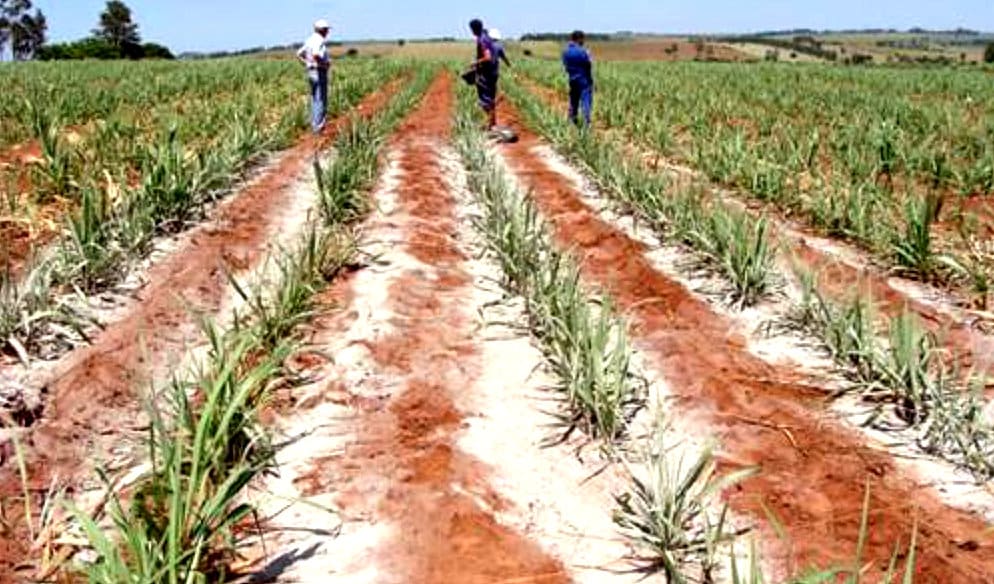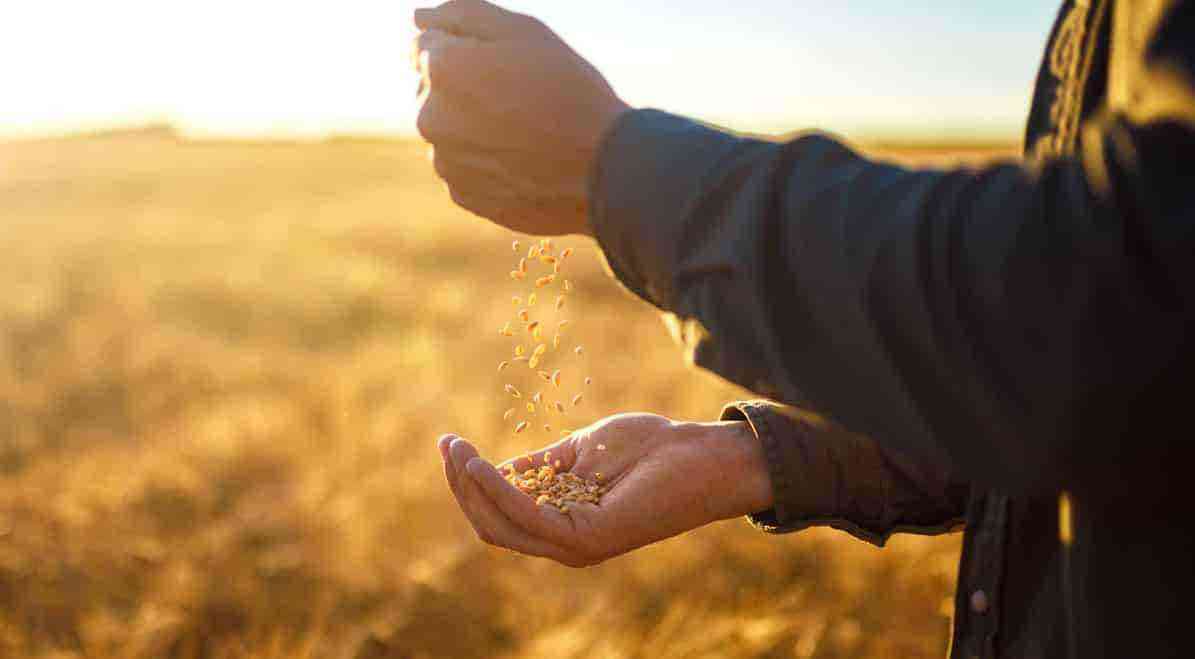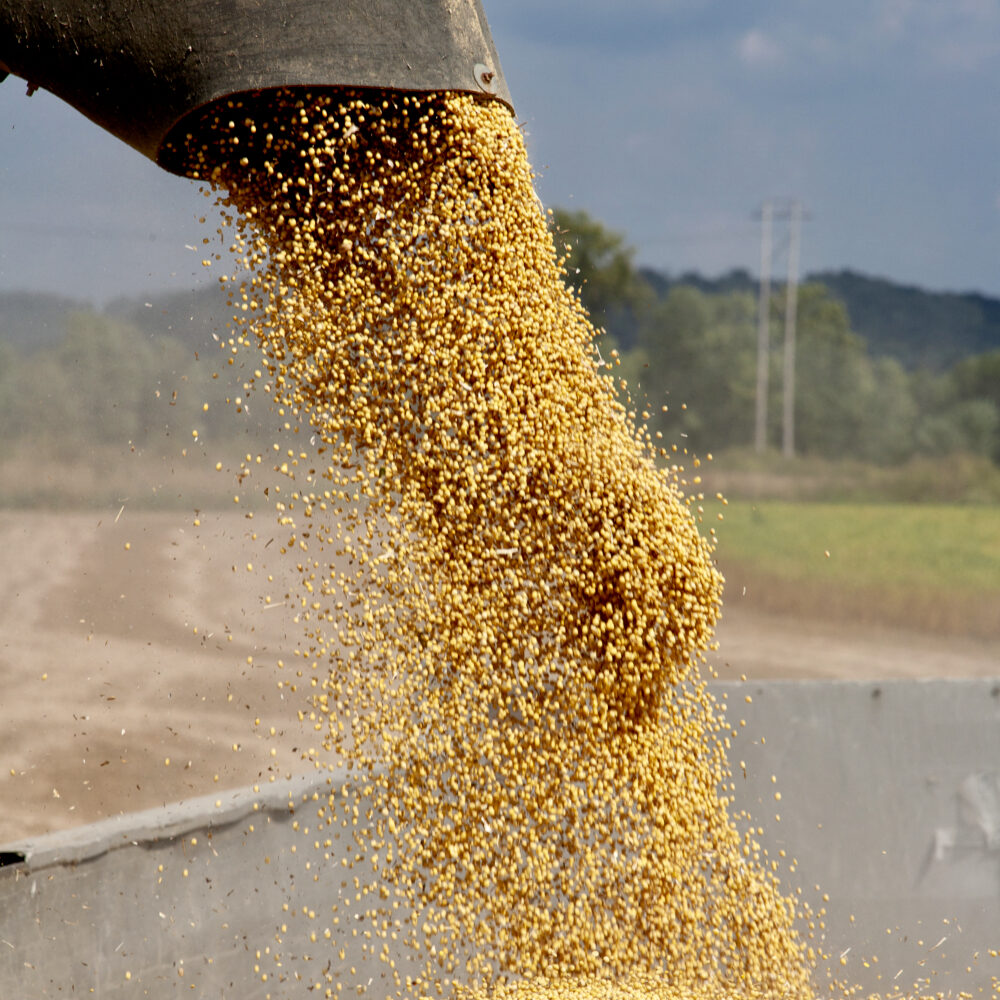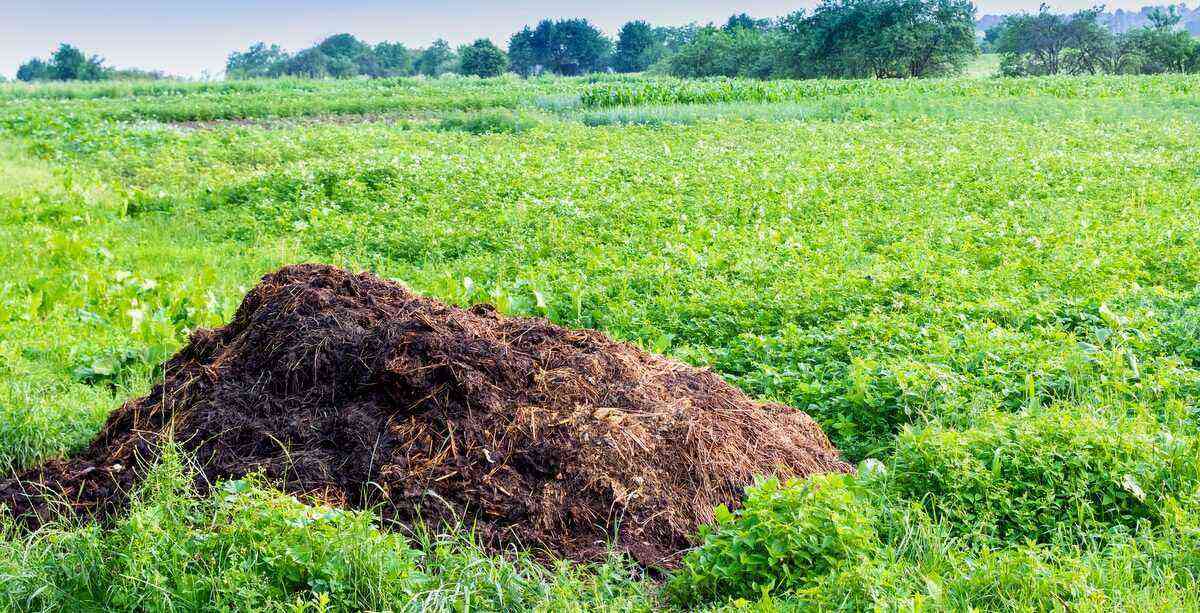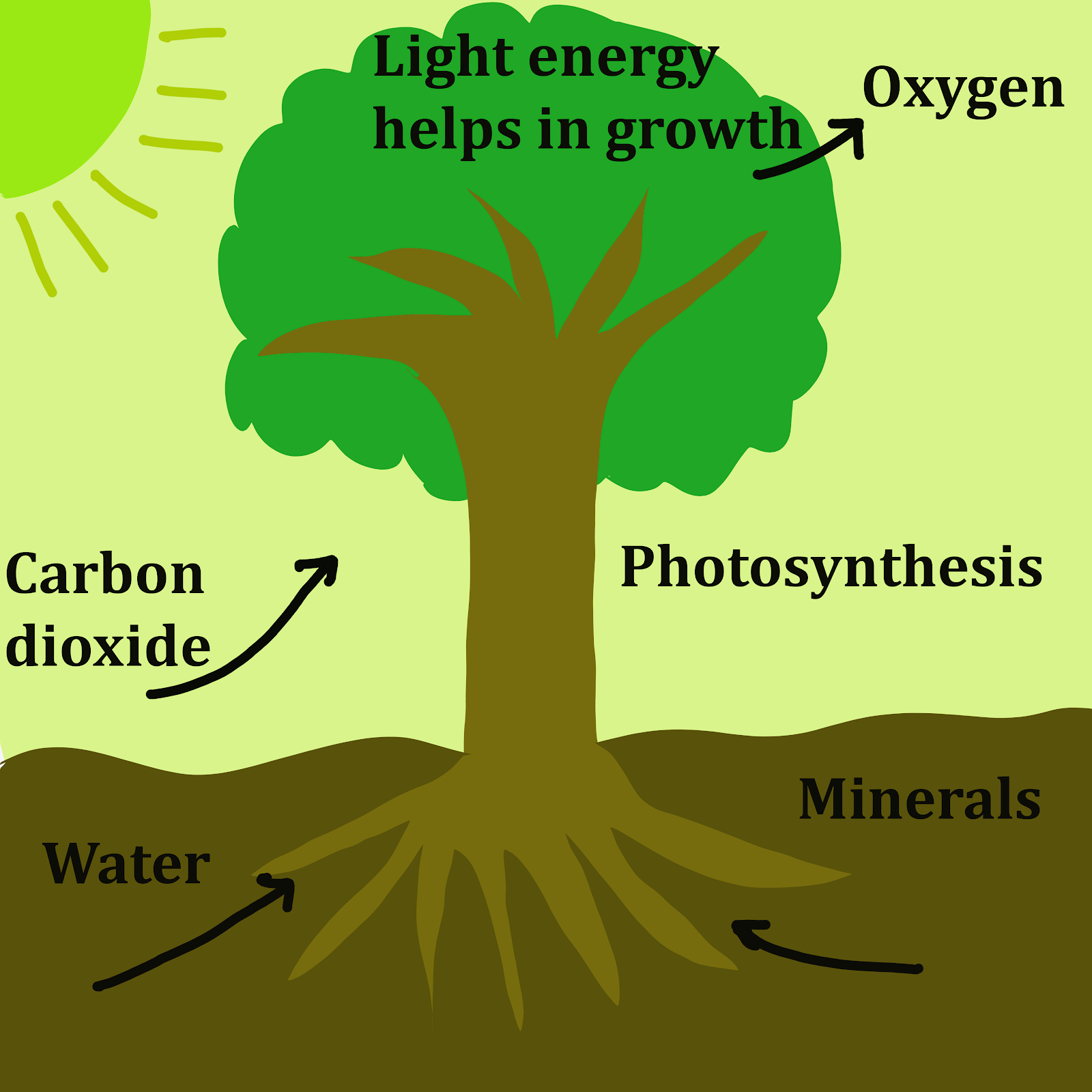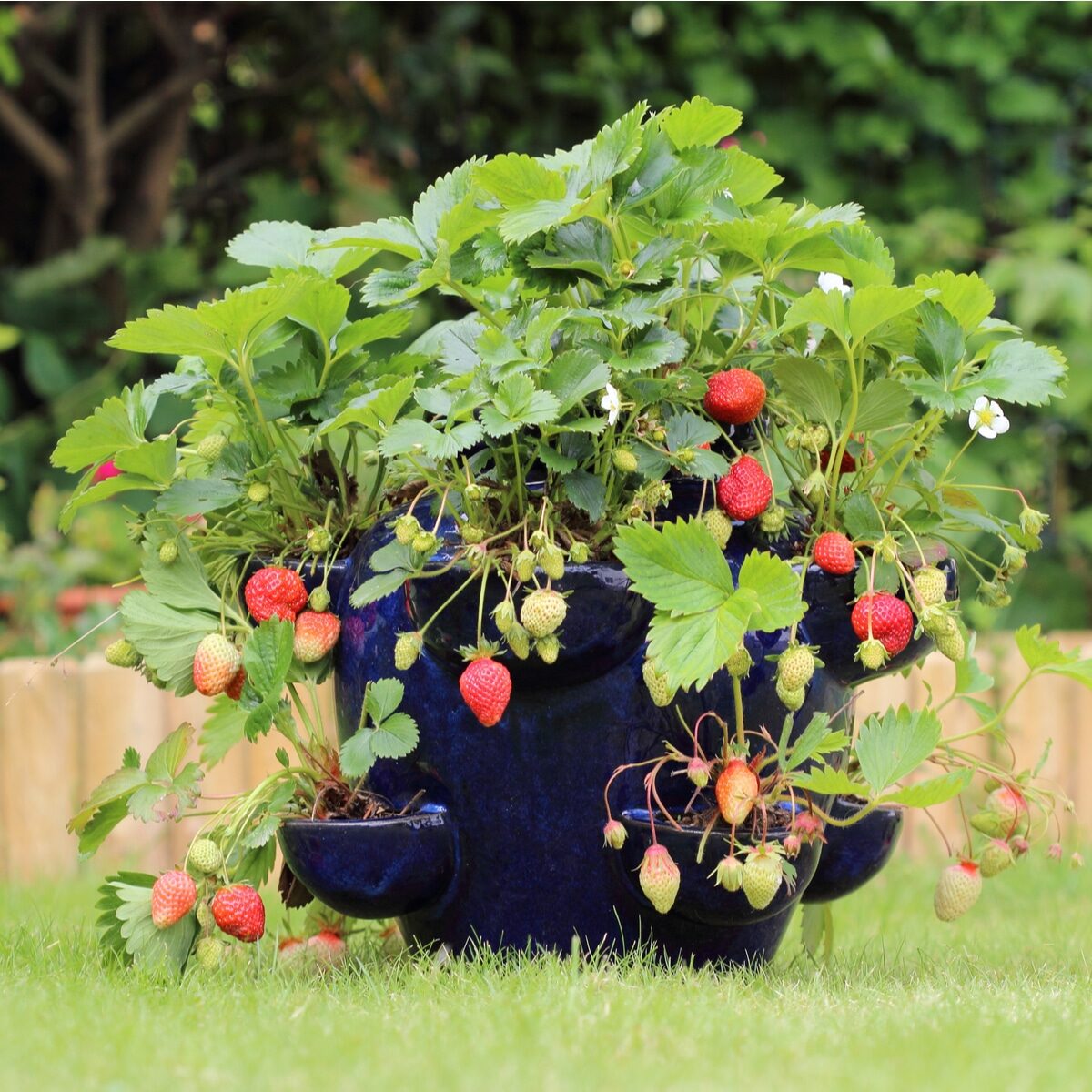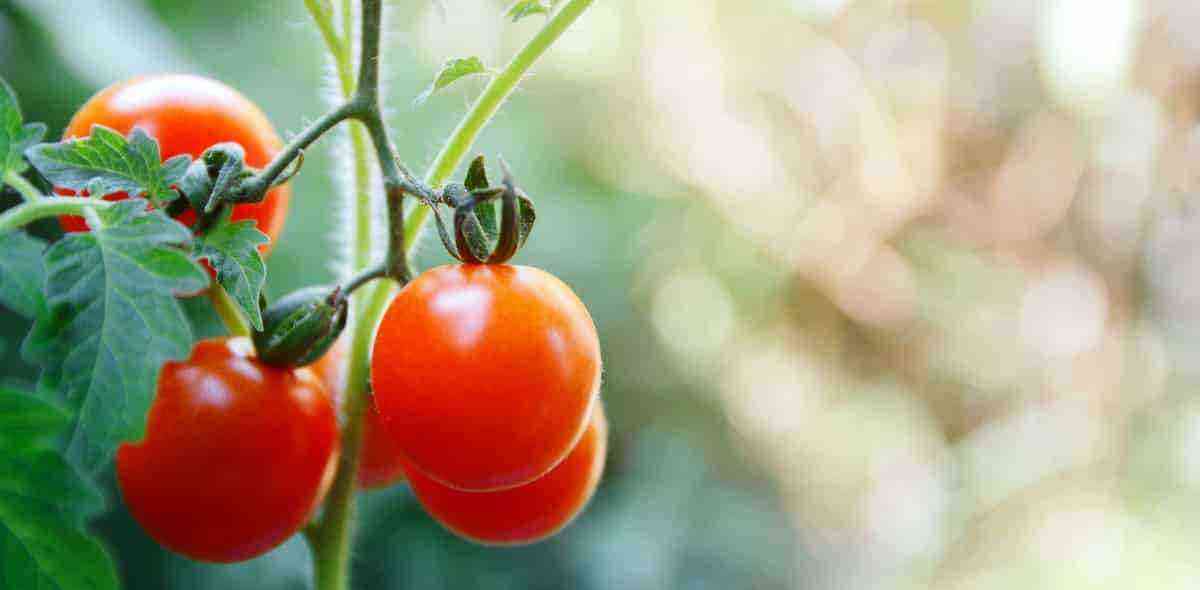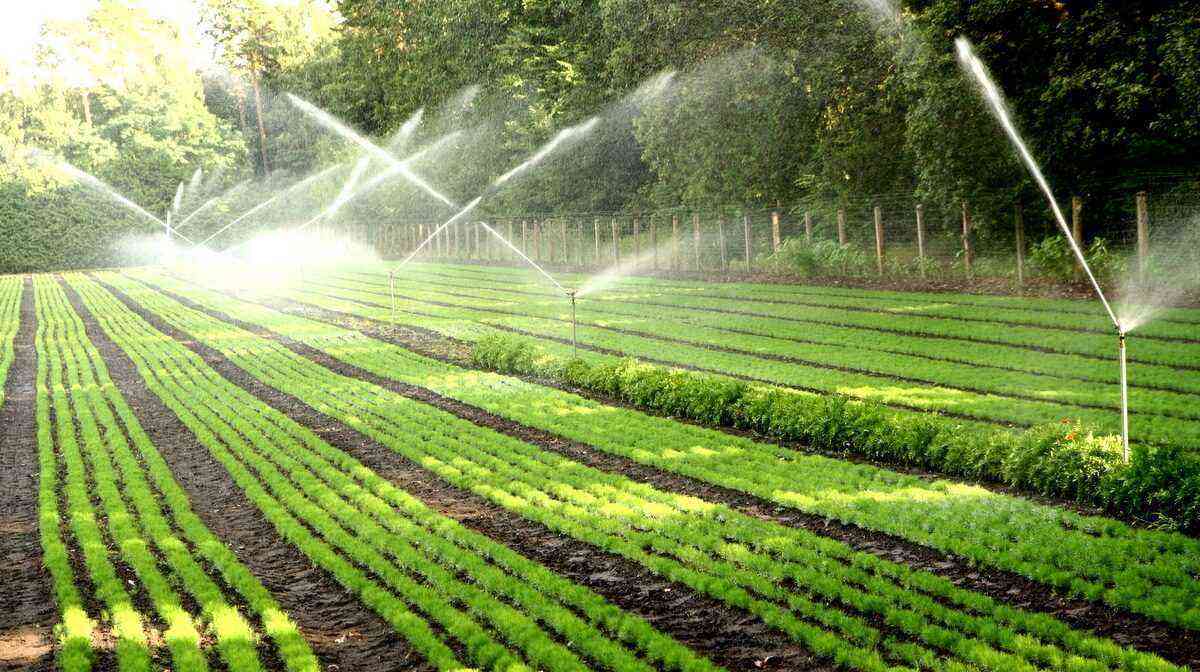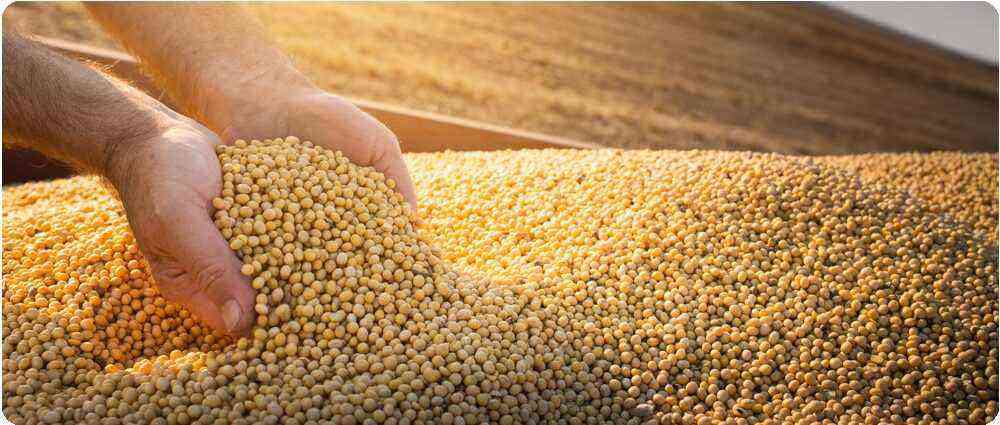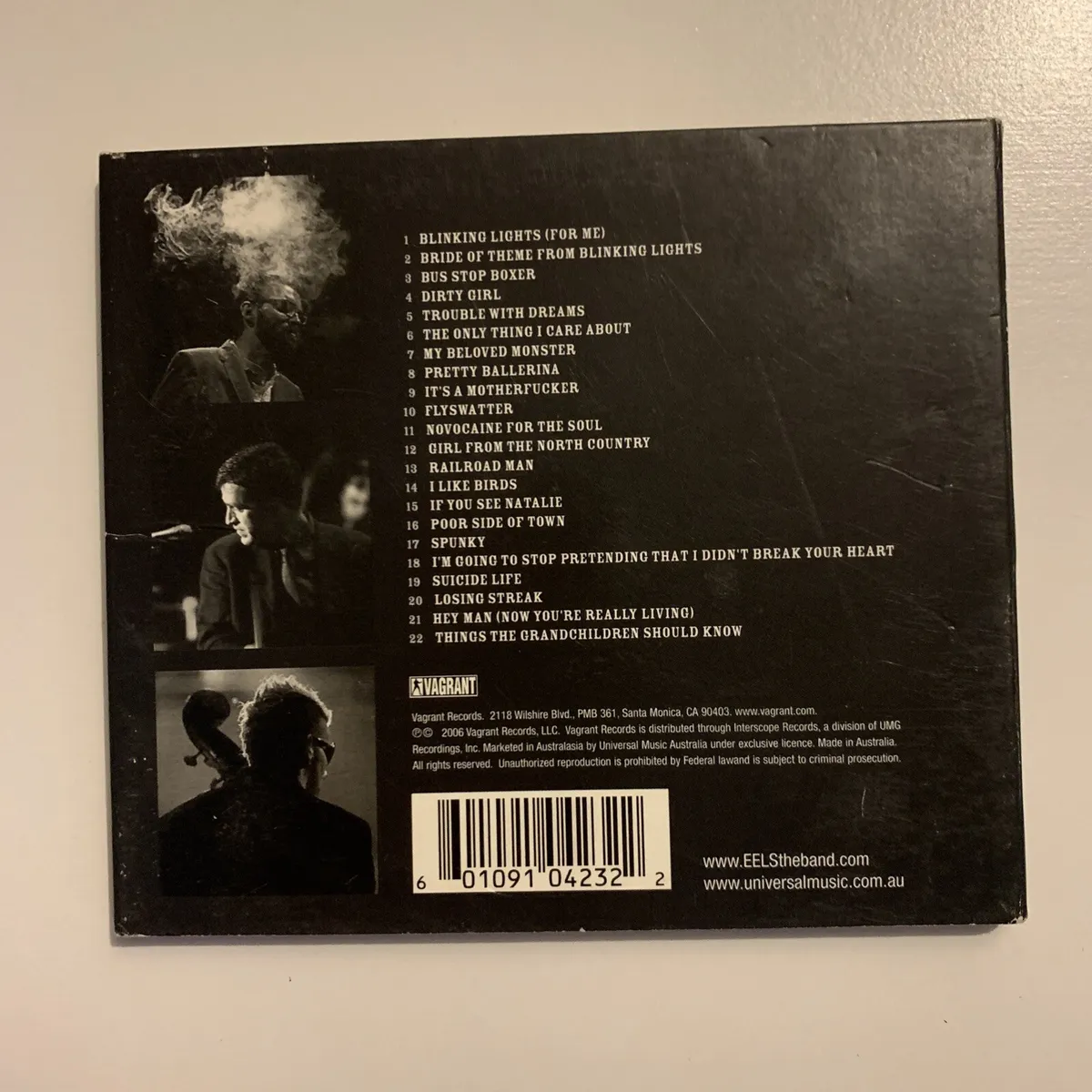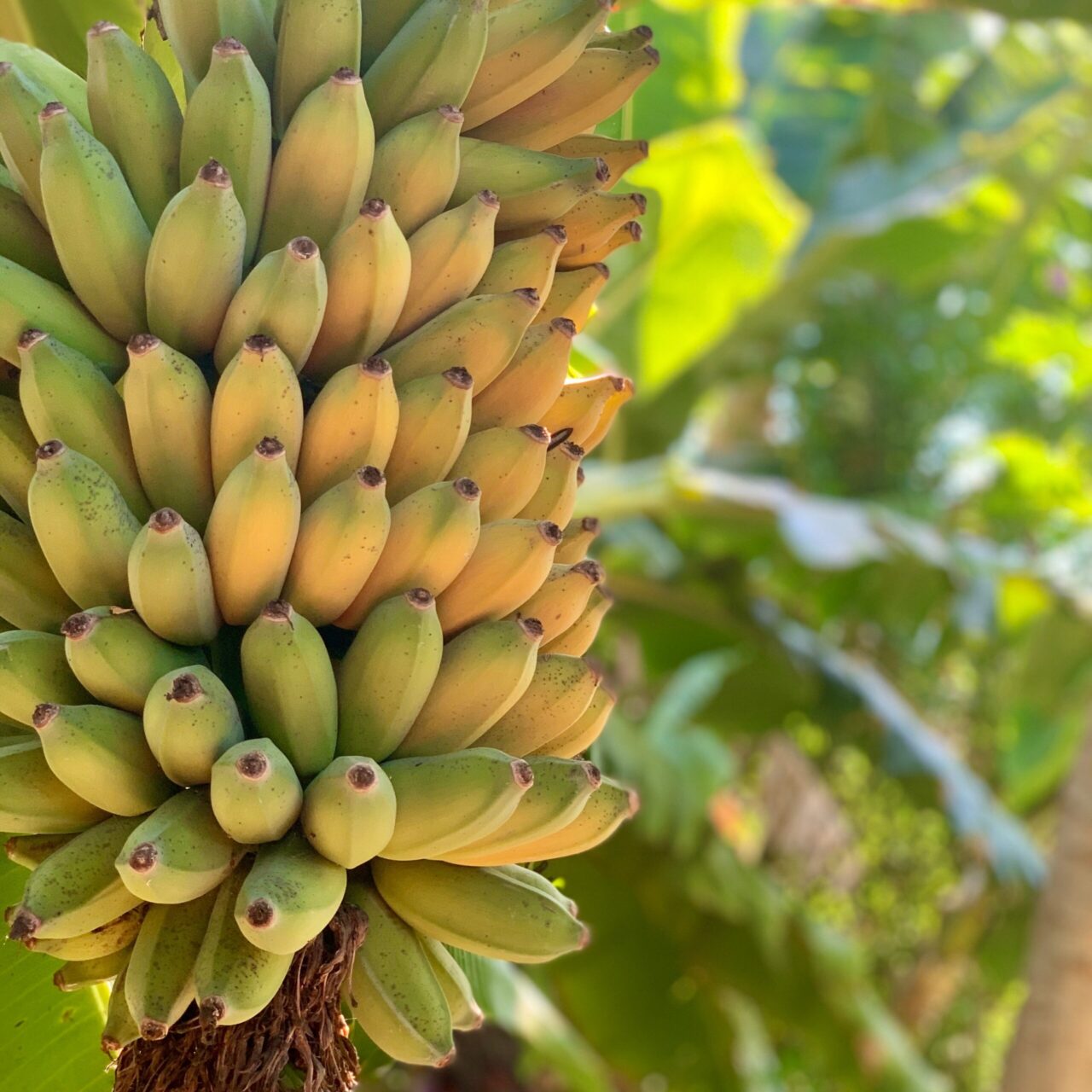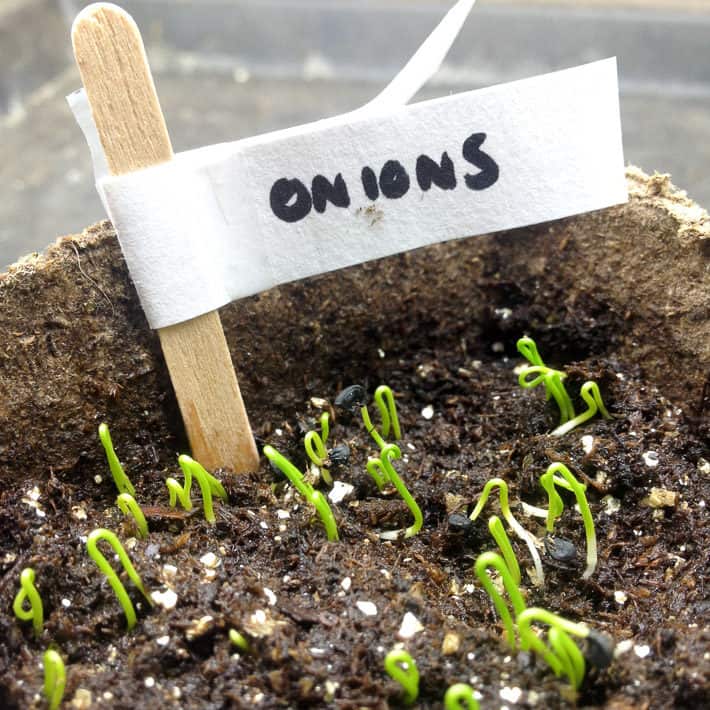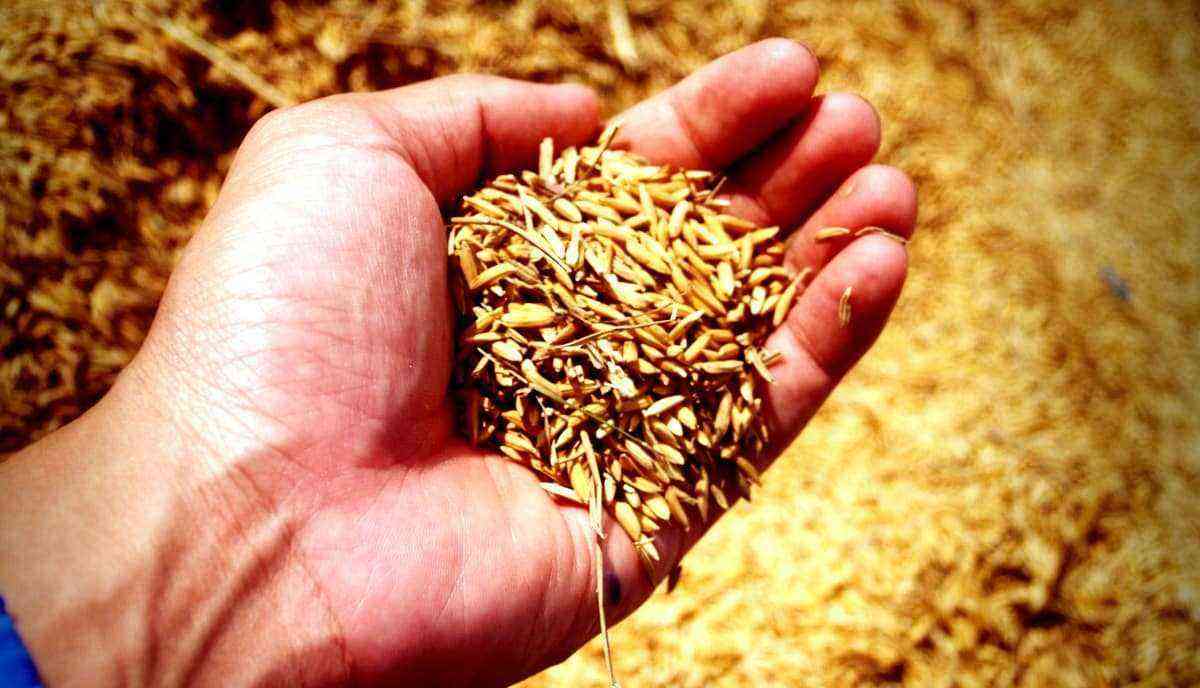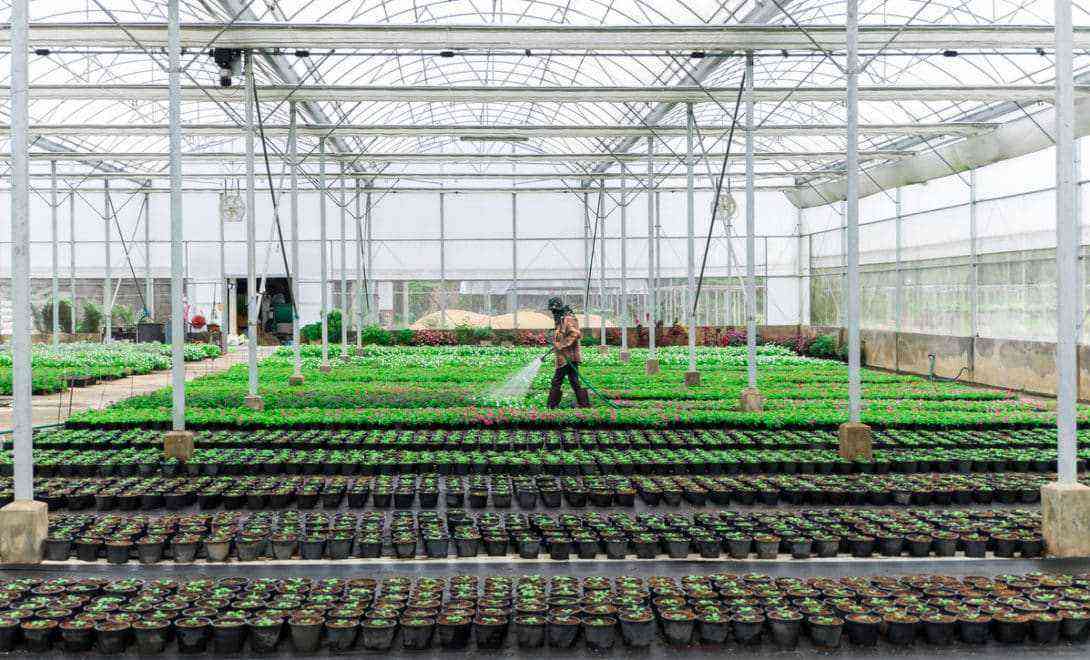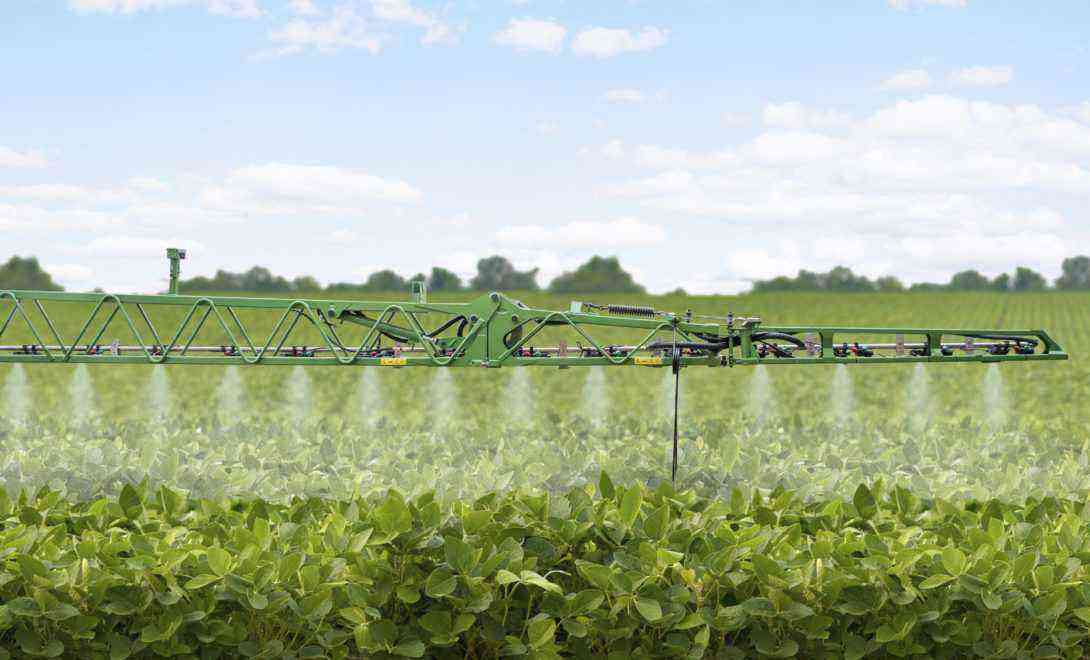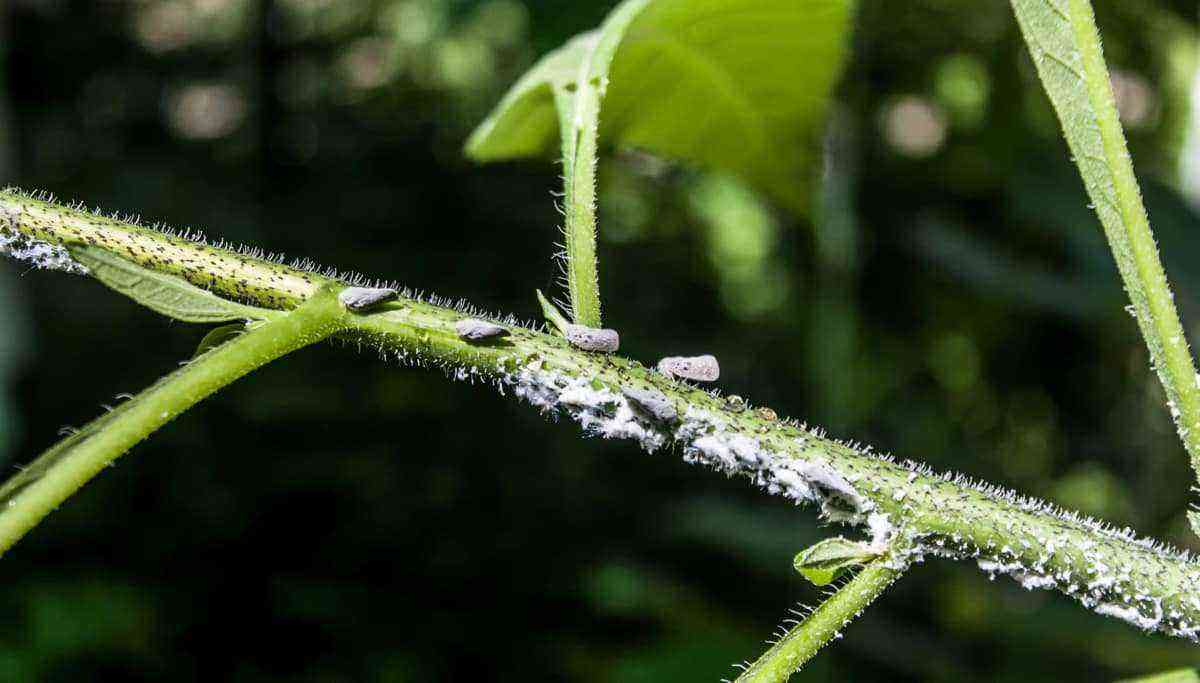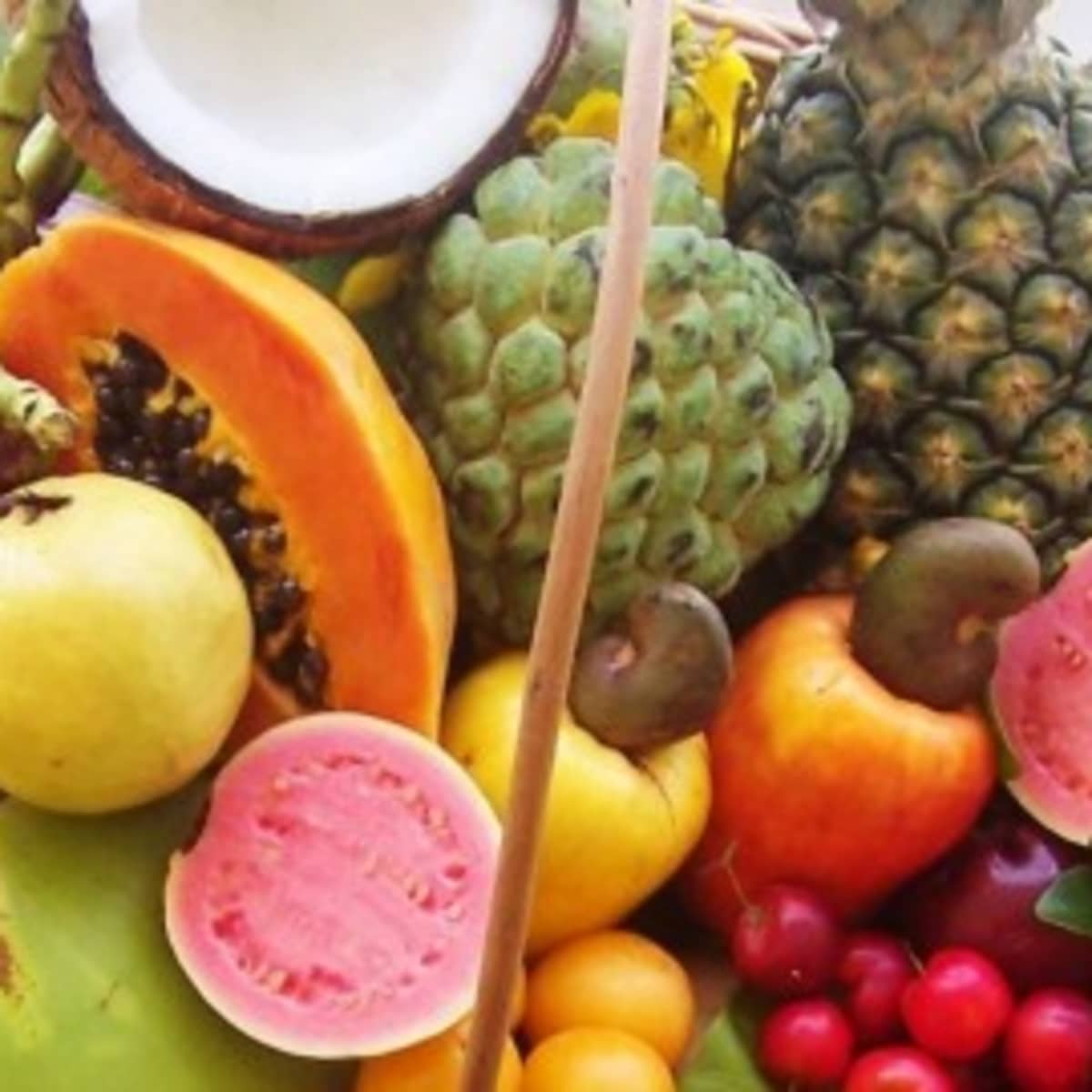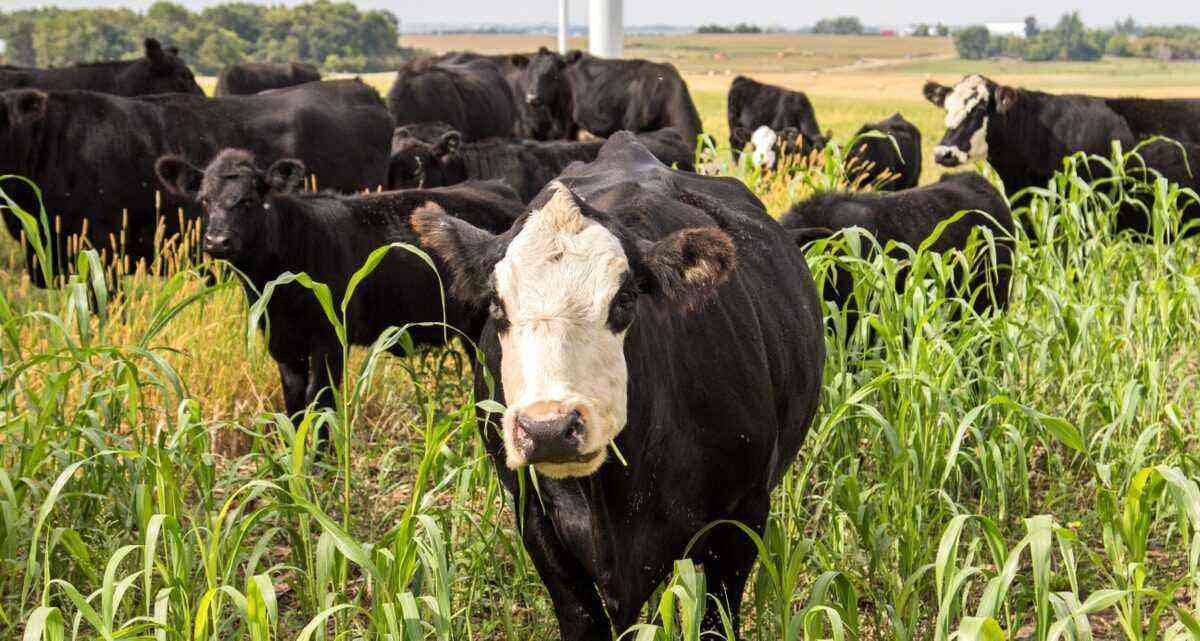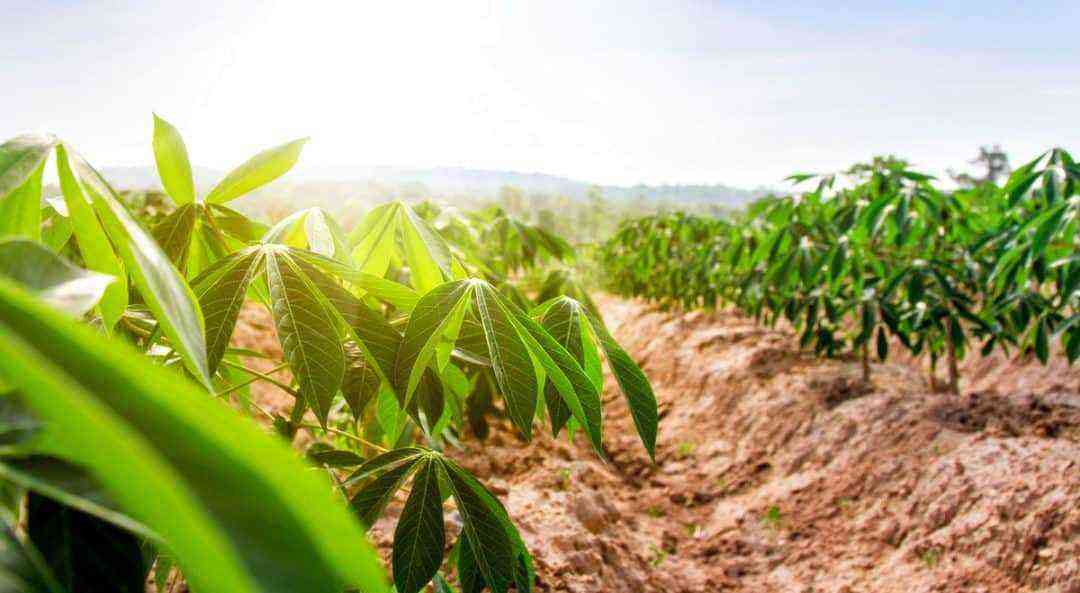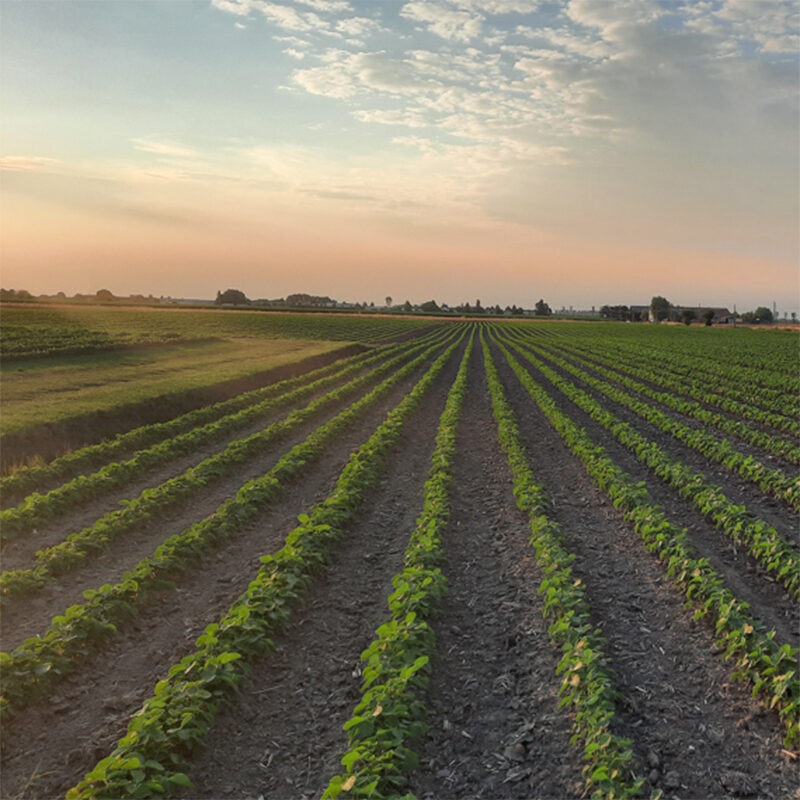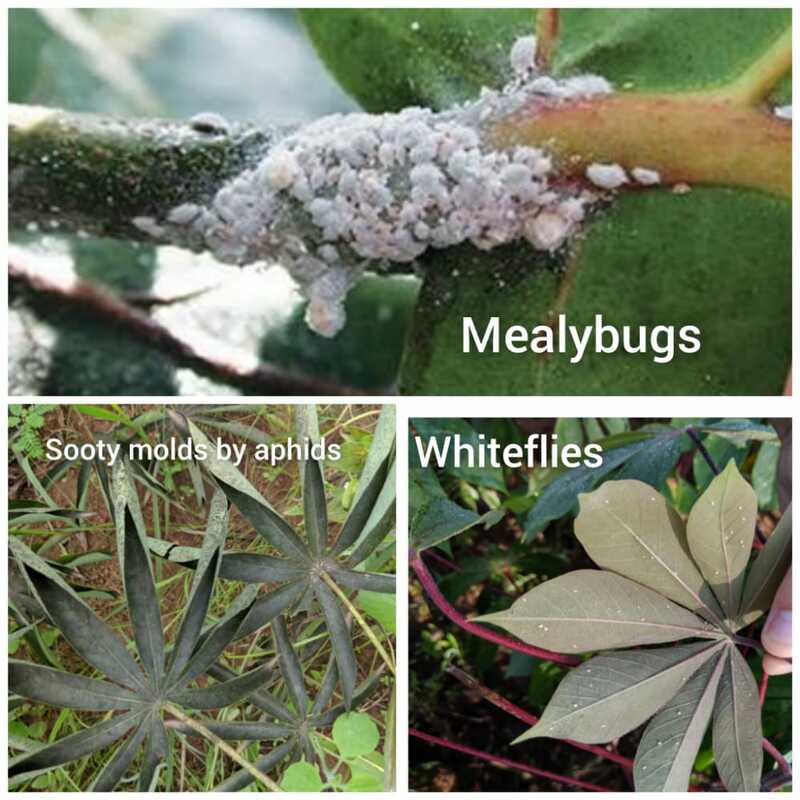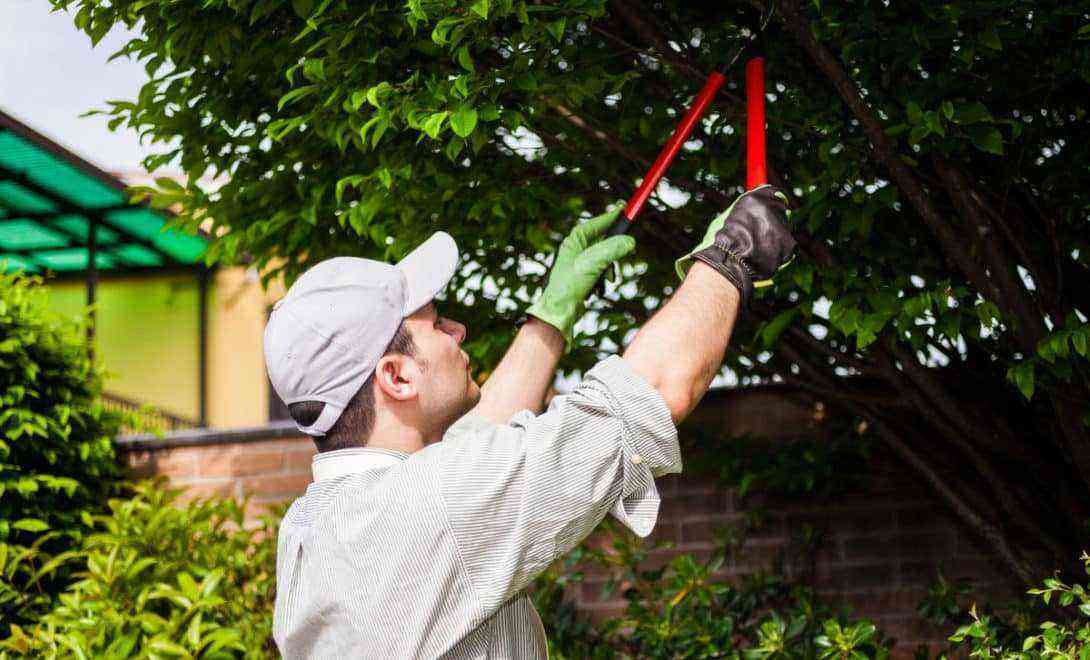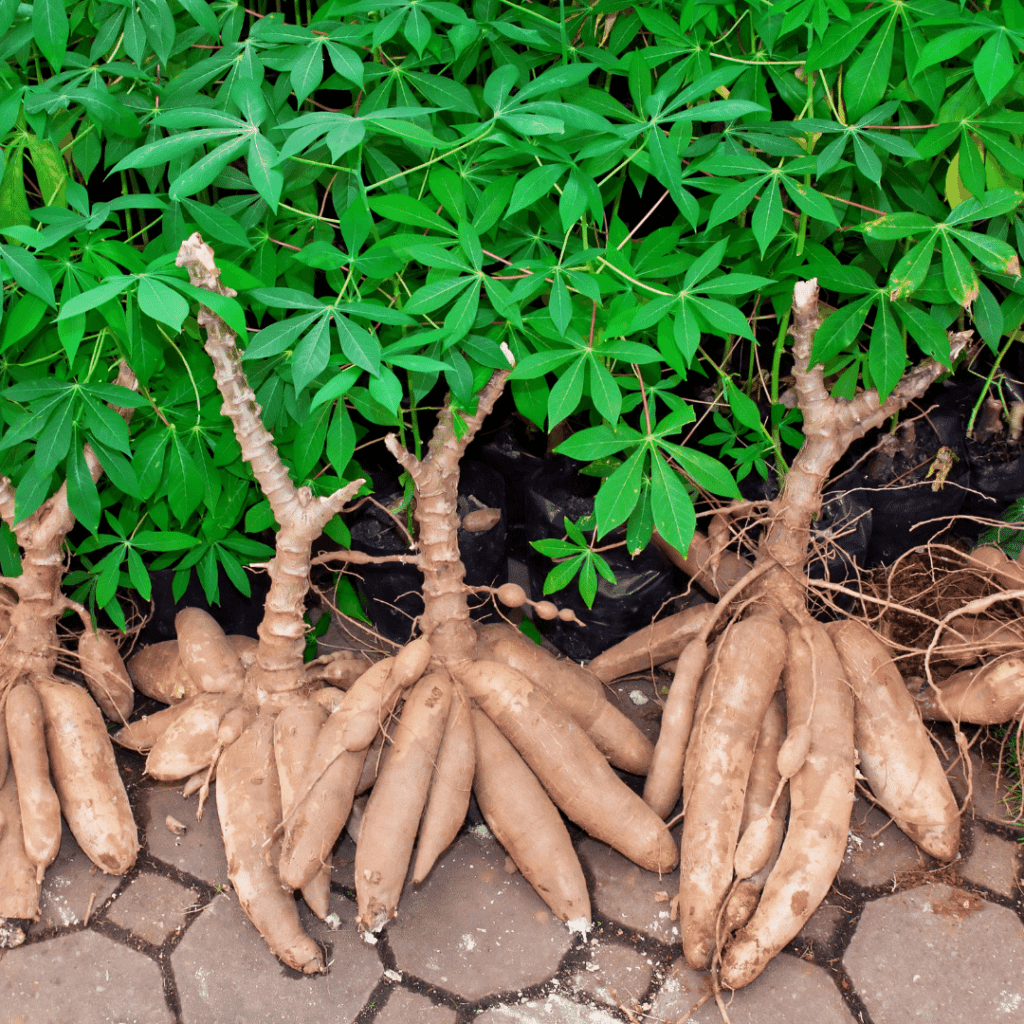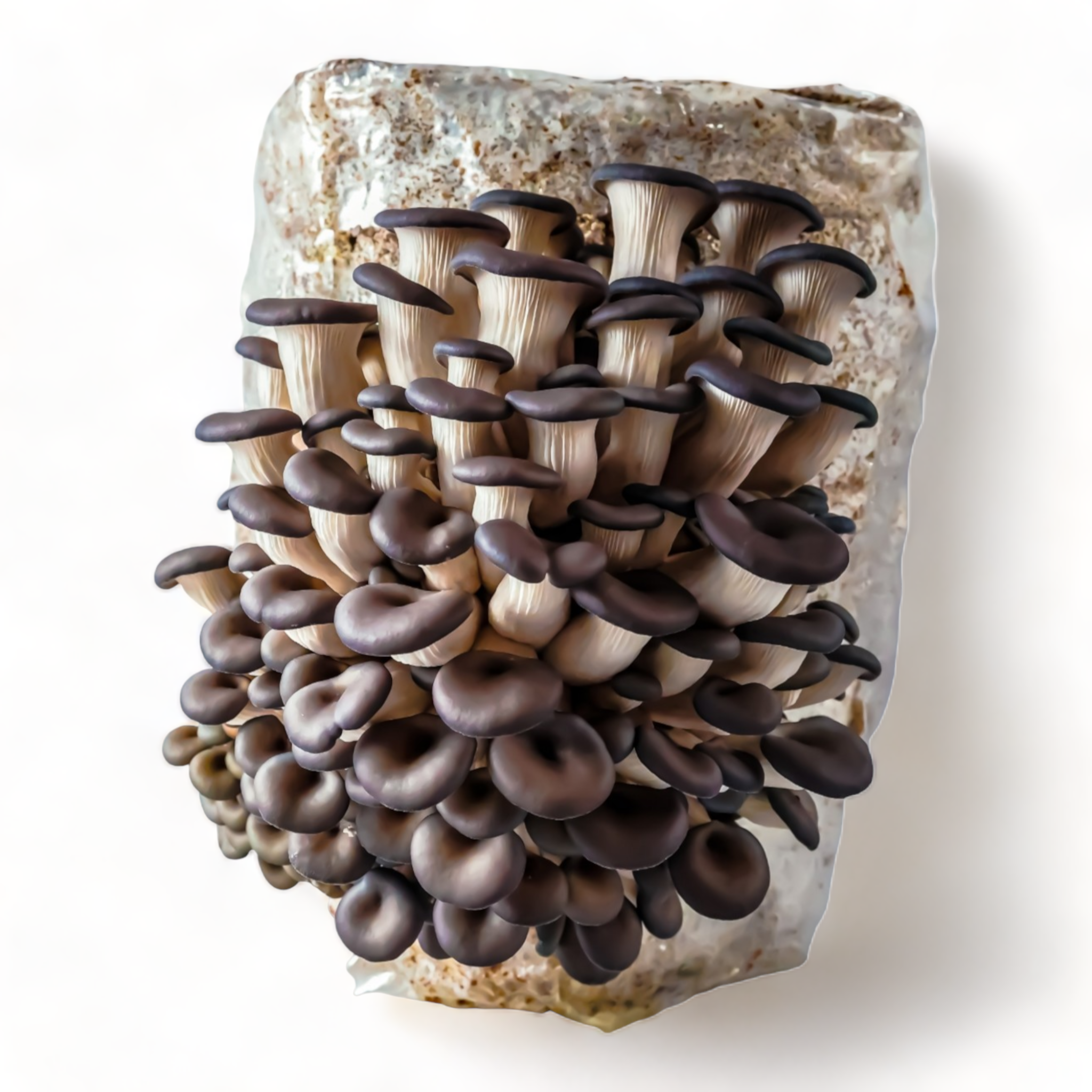Numerous ideas have been discussed about the future of agriculture and how it will be able to meet the population’s food demand in a sustainable way. One of the discussions involves the sources, processes and nutrient supply strategies for plants.
The application of products with a high solubility rate generates less efficiency in their use, as they are very easily lost due to leaching.
Several studies are being carried out with the objective of identifying alternatives for the supply of nutrients with mineral bases, mainly those included in Brazilian rocks.
What are rocks?
Rocks are solid bodies created from minerals, being formed by one or several types of minerals.
All rocks come from an igneous state, called magma, which, when subjected to a high temperature, are thrown from the interior to the surface of the earth through volcanoes.
Rock is a collection of various minerals. When found on the surface, they present several differences.
The rocks, when found on the surface, will present several differences, for which they will be linked to several different factors, such as: chemical composition, origin, texture, structure, slope, vegetation cover, geological time and type of climate.
What is rock?
Rocking is a technique that is based on the use of dust from different types of rocks or minerals that have enough nutrients to beneficially change soil fertility without harming the environment and also helping to reduce costs in agricultural production.
Remineralizador
According to Article 1 of Law No. 6.894, to be considered a remineralizing product, the product must originate from ore. This is provided that it has only undergone reduction and size classification by mechanical processes without the use of chemicals.
In addition, it can mainly change soil fertility indexes by implementing macro and micronutrients for the plant, as well as promoting the improvement of the physicochemical properties or biological activity of the soil.
Use of rock dust in soil fertilization and recovery. Photo: Carlos Augusto Silveira/Embrapa.
The use of rock dust as a remineralizer is a viable alternative in economic and ecological terms. This is due to the low cost of the process, which consists of grinding the rocks.
They gradually release nutrients, thus reducing leaching losses and favoring a long-term action of the applied input Melamedet al (2007).
Remineralizers can also correct toxic aluminum in the soil and improve CEC (cation exchange capacity) by providing macro and micronutrients, which are favorable chemical properties to raise soil pH.
Rock dust feature
The nutritional composition of rock powder varies according to the original rock, and can be, for example, basaltic, magnesium, among others.
Basalts contain all 96 nutrients, but some are not taken into account at the time of a nutritional formulation because of their low nutritional value.
In basalt rock are found 17 beneficial elements for the development of plants.
Large parts of conventional inputs contain only N, P and K leaving, in the background, secondary elements (Fe, Mn, Zn, Cu, Mo, Co, Ni, B, Cl, Se) that are also essential for crop development. .
Rock dust is found in almost all Brazilian states, making it easy to transport and apply. The distribution throughout the national territory allows a high use as well as agricultural limestone.
As it is a residue of mineral materials, rock dust does not pose a risk to the environment.
Use of rock dust is cheaper and environmentally sustainable and can be applied in strawberry crops, for example, among other fruit trees.
Its fine particles are the main waste originated from the crushing and grinding process of rocks used in the production of asphalt and civil construction.
Each mineral has its own mobility, characterized by its probability of breakage and the sizes generated.
The use of residues obtained from mining has a great advantage, which is its low solubility compared to commercial fertilizers.
The filler granulometry basalt powder is composed of several sources of nutrients, having the advantage of leaving the soil fertile for a longer time, avoiding the scarcity of nutrients for the plants.
According to ABNT regulation No. 50, to be considered an “ultrafine” or “filler” product, the residue must be formed by particles that must pass 100% (one hundred percent) through the 0,3 (zero point three) sieve ) mm.
The growth of plant roots will be induced immediately, allowing an increase in the absorption of nutrients and consequently their productive capacity will also increase.
The plant will have balanced nutrition, becoming more resistant to pests and diseases and later producing healthier food.
The mechanisms by which silicon can make the plant resistant to diseases can be by the accumulation of the element in the cell wall of the epidermis and cuticle, accumulation at the site of pathogen penetration (structural barriers), or activation of chemical and biochemical barriers of the plant.
No video below, researchers talk about the use of remineralizers (rock dust) and the benefits of soil fertilization:
Source: Fabélia Oliveira.
Results with the use of rock dust
In potato, Santos et al. (2014) evaluated the effect of different doses (0, 1, 2, 3 and 4 t/ha). of rock dust on the crop production components.
At 110 days after planting, the experiments were harvested and a linear increase in production was observed as a function of increasing doses of rock dust.
Groth et al. (2017) conducted an experiment with lettuce fertilized with rock powder and obtained positive increases in plant height, root system growth and dry mass compared to the control, but no significant difference was seen in stem diameter and volume in the root system. .
In strawberry, the use of rock powder combined with cattle manure was studied by Camargo (2010), where an increase in productivity can be observed compared to the control.

